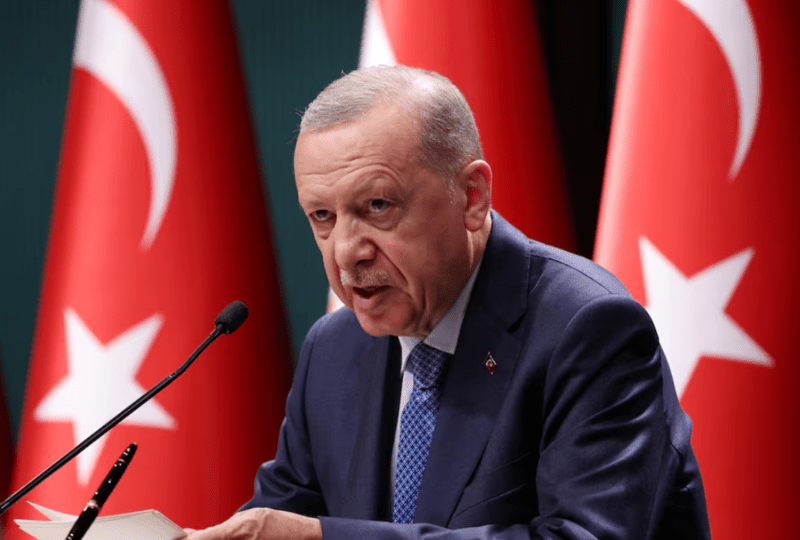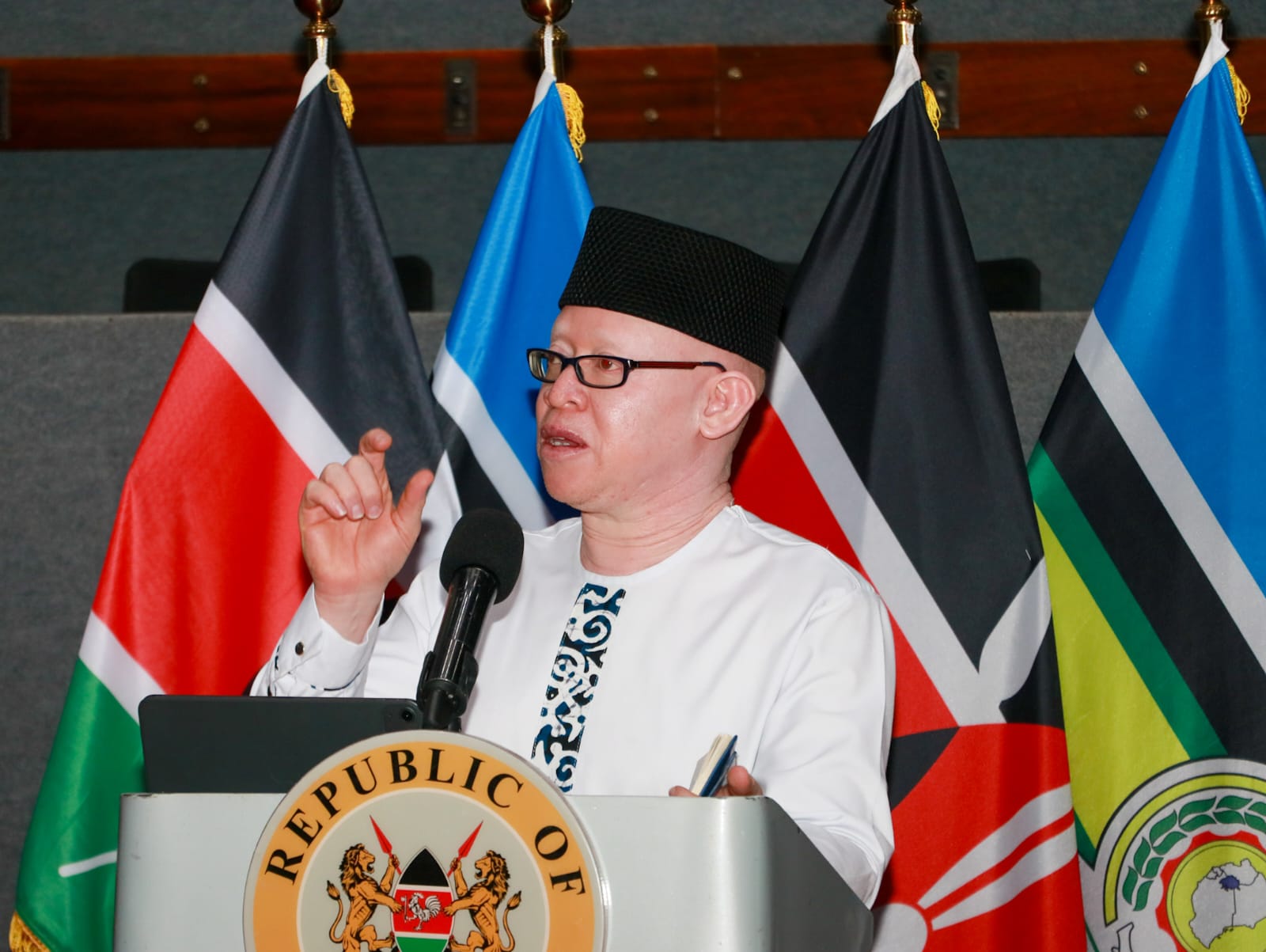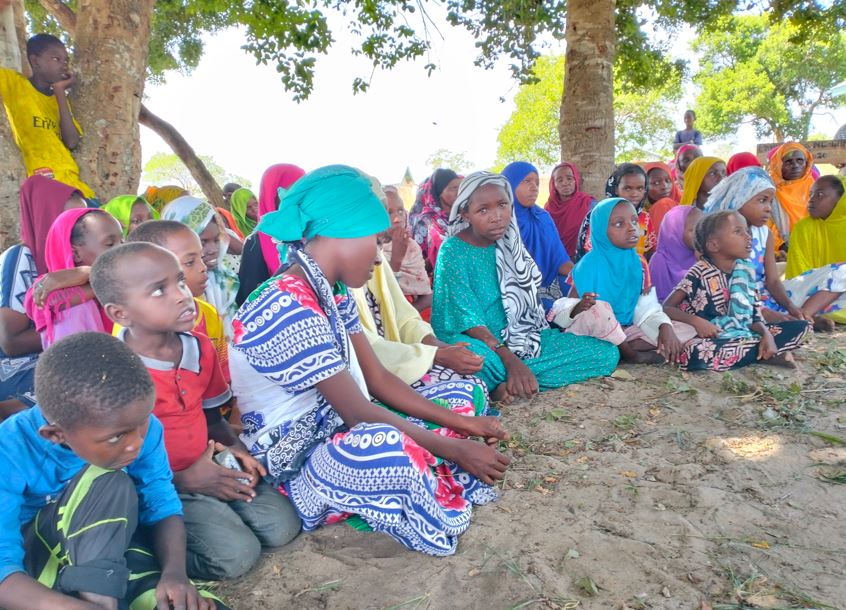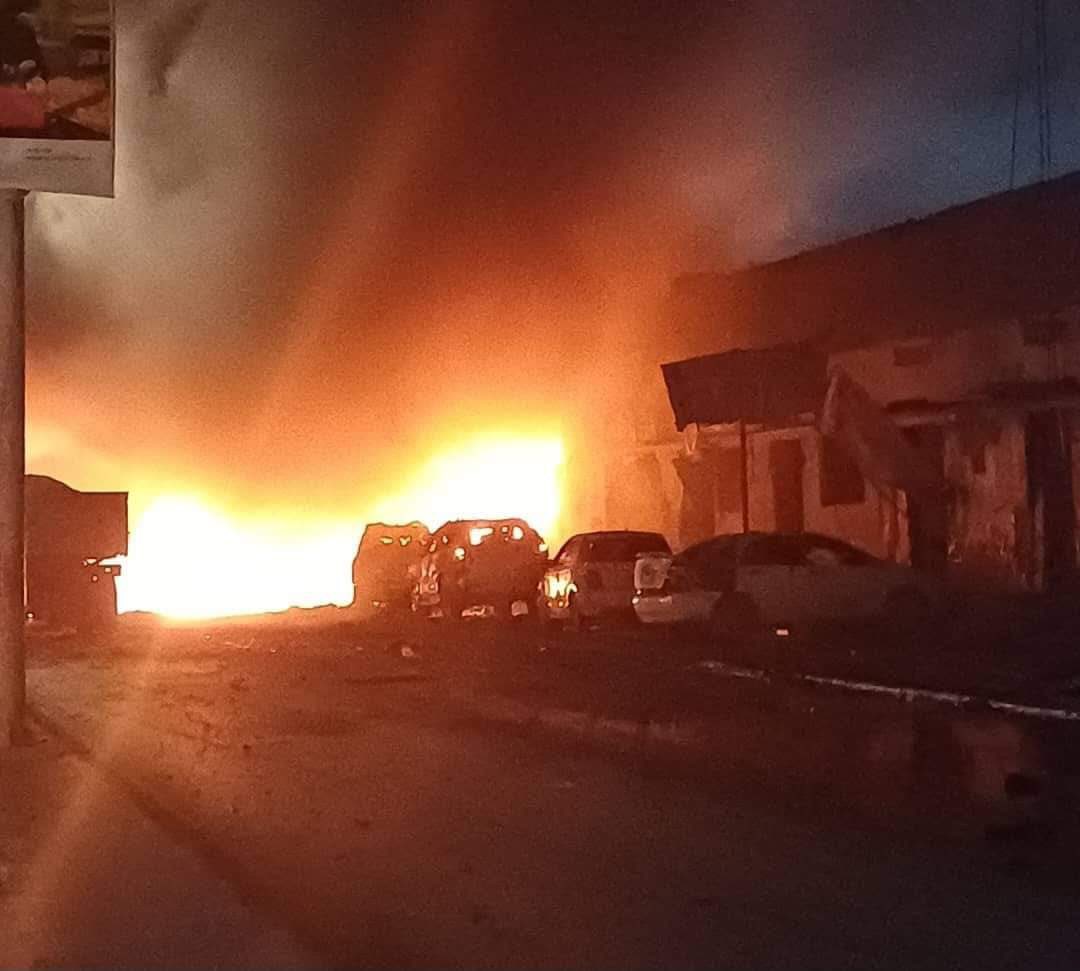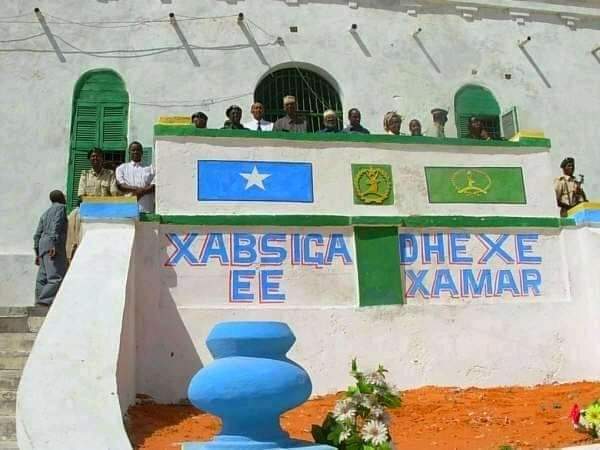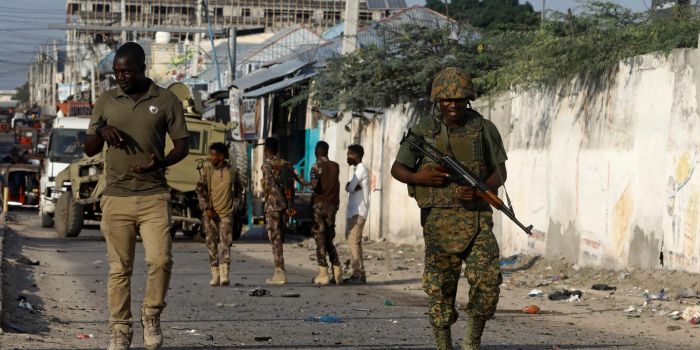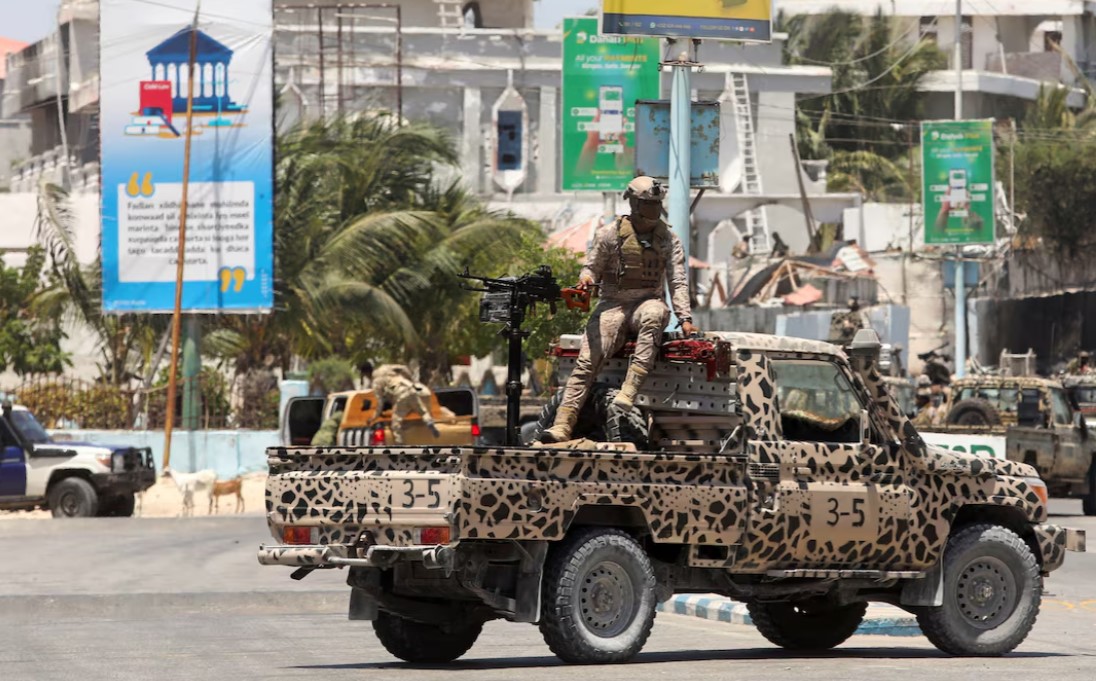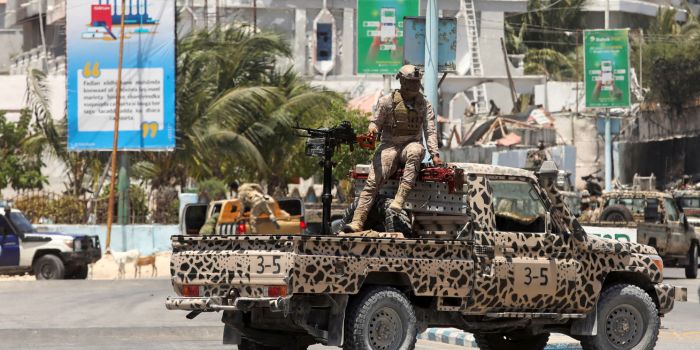Kenya's mission to defeat Al-Shabaab to shift after KDF soldiers exit Somalia
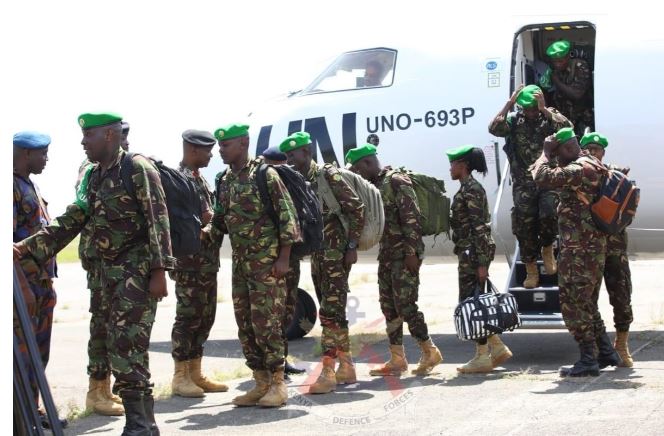
By Mary Wambui |
Over a decade after the Operation Linda Nchi mission was launched, most of the Kenyan soldiers are set to exit Somalia.
On October 16, 2011, the Kenya Defence Forces (KDF) crossed the border into Somalia to fight Al-Shabaab insurgents following a spate of high-profile kidnappings along the Kenyan coast and attacks within the country’s borders.
Fifteen days later, then Chief of Defence Forces General Julius Karangi, declared that the success indicators of the war would manifest in the form of a highly degraded capacity of Al-Shabaab and the liberation of, mainly, the northeastern region and the neighbouring Lamu County from constant attacks. It would also reaffirm Kenya’s position as a safe destination for tourists.
Keep reading
Also, Nairobi and other major towns that had borne the brunt of frequent terror attacks would be secure.
Today, over a decade after the mission code-named Operation Linda Nchi was launched, most of the Kenyan soldiers are set to exit Somalia, having registered multiple wins and some losses too.
The losses are in the form of soldiers killed on the battlefront and the evolving nature of the activities of the terrorists who, despite KDF’s presence in Somalia, were still able to carry out multiple attacks and radicalisation in the country.
However, security officials argue that they have thwarted even more attacks, including one targeting the Somali parliament, and a planned anthrax attack in 2016. The successes have been attributed to multi-agency collaboration.
In his last interview as Defence Cabinet Secretary, Aden Duale mentioned that the war against terror had achieved great success in the form of reduced attacks in Kenya, signalling major success in the war against the terror group.
With about one year left before KDF can fully exit Somalia, the mission to defeat Al-Shabaab is likely to take another dimension as hinted by Duale some months ago when he declared that Kenya will ring-fence its border with Somalia to avert possible infiltration of the militia to the country after its exit from Somalia.
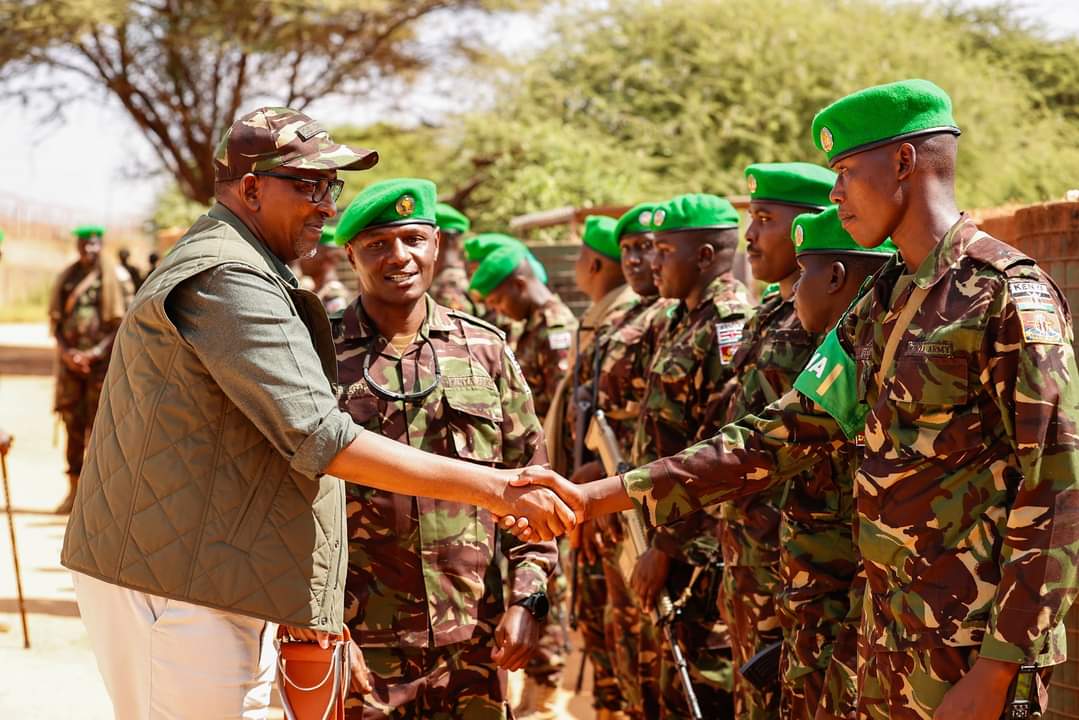 Former Defence Cabinet Secretary Aden Duale interacts with Kenya Defence Forces (KDF) troops stationed in Kismayu, Somalia, during a visit on December 31, 2023. (Photo: Defence Ministry)
Former Defence Cabinet Secretary Aden Duale interacts with Kenya Defence Forces (KDF) troops stationed in Kismayu, Somalia, during a visit on December 31, 2023. (Photo: Defence Ministry)
“We are fully committed that when the drawdown from the African Union Transition Mission in Somalia (Atmis) comes, we are secure as a country by ensuring that when Al-Shabaab feels the heat of the Somalia security forces, they don’t come to find refuge in Kenya. Our military has a conspicuous presence along the borderline to ensure that Kenyans are secure,” Duale said in May last year.
Operation Amani Boni
The bases will complement ongoing efforts under Operation Amani Boni in Lamu County, further deepening the country’s focus on the militia, in a war whose timelines remain undefined since it began more than 13 years ago.
“When the Kenyan government and the people of this country feel that they are safe enough from the Al-Shabaab menace, we shall pull back. This campaign is not time-bound, there is no timeline on it; we will leave it to the people of this country to decide that,” Rtd General Karangi announced a week after the incursion.
Having been part of the mission that has been helping Somalia implement its transition plan under Atmis, KDF takes pride in having helped secure vast areas of Somalia from the insurgents, mainly the areas where it set up its forward operating bases (FOBs).
KDF also carried out joint operations against Al-Shabaab, further strengthening the country’s security forces’ capacity to secure it.
Other than capacity training, an all-female engagement team for years helped build the capacity of Somali women to engage in alternative sources of livelihood, such as agriculture and farming, through its Civil-Military Cooperation (CIMIC) activities with Somalis.
Captain Gertrude Auma Abiyo, who headed the 10th Kenyan contingent of the engagement team and coordinated logistical movements of personnel and supplies in and out of the mission area to the other FOBs, noted that engagements with local women groups and security officers helped sensitise them on the effects of climate change through tree planting and sanitary health.
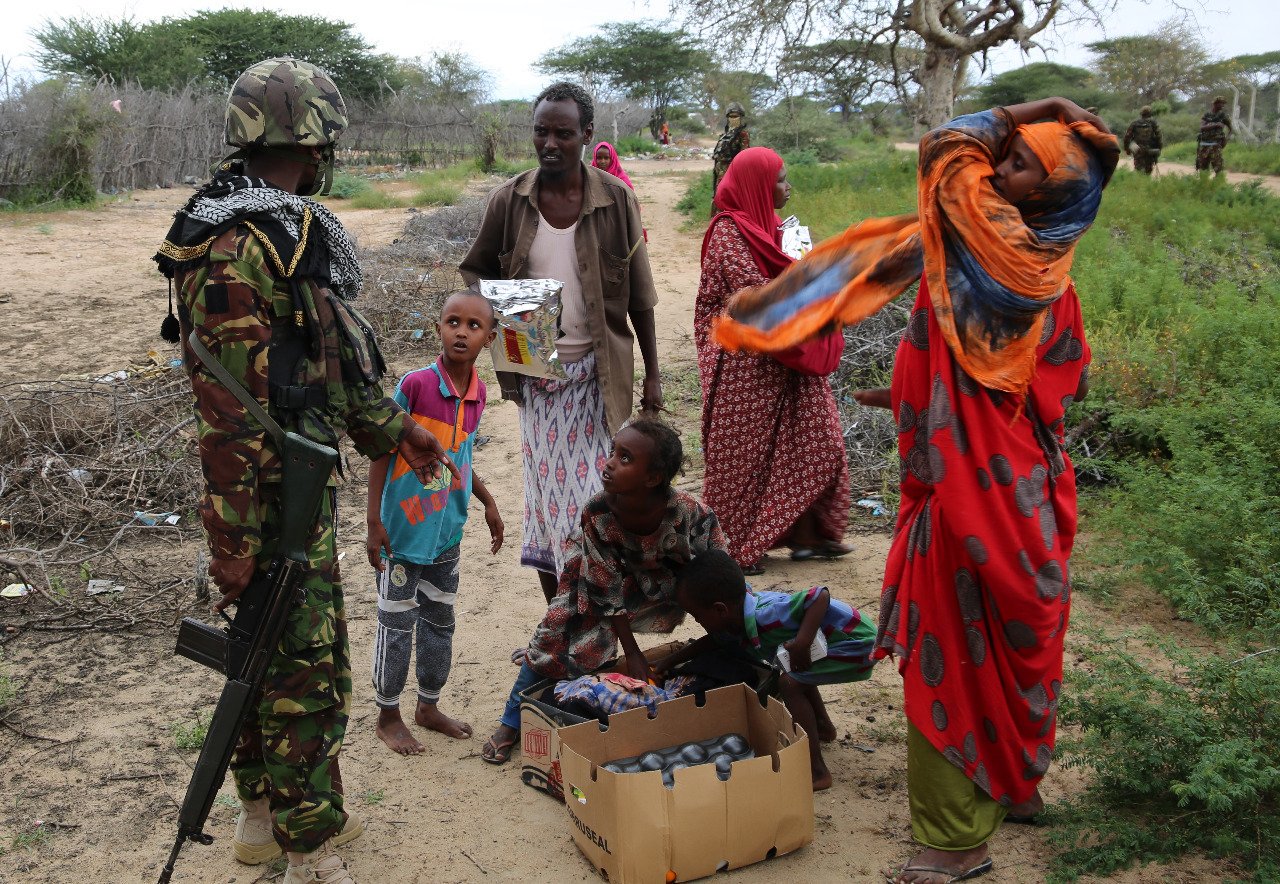 KDF peace enforcers working under AMISOM in Dhobley donated foodstuffs to the town's residents on June 15, 2018. (Photo: KDF)
KDF peace enforcers working under AMISOM in Dhobley donated foodstuffs to the town's residents on June 15, 2018. (Photo: KDF)
The engagement team that acted as the main link to Somali women also conducted mid-wifely courses to promote maternal care in the villages and sensitise them on the effects of sexual gender-based violence.
“We know if we win the hearts and minds of the women then we will win the hearts and minds of the youth from radicalisation. It is just the use of soft power in the peace process,” Abiyo said.
Additionally, a move by the government to adopt an all-society approach to fighting terrorism as opposed to just having frontline soldiers endangering themselves has been cited as a major contributor to the success of the fight against terrorism.
Milestones
KDF concurs that there have been progressive milestones of the AU mission to pacify Somalia over the years, but notes that the realisation of constructive and sustainable peace and stability is a process.
“The military operation complimented by other lines of efforts has led to the restoration of peace and created a conducive environment for communities to thrive in their political, social, religious, and economic well-being. Notably, had Al-Shabaab continued undeterred, they would have posed a bigger threat not only to the Somali government but also the Horn of Africa,” KDF said.
The military notes that while the best war is won without firing a bullet, paying the ultimate prize epitomises KDF’s commitment to defend Kenya against any threat.
“When our history as a country and as a military is told of our mission in Somalia, our experiences, the visible and invisible outcomes give accuracy to the war we have fought to pacify Somalia and to keep our brothers safe,” KDF said.
As a signatory to the Somali transition plan, Kenya has to abide by the withdrawal timelines as it maintains an eye inside Somalia, with the capability to influence counter-terror activities in the country.
This, insiders say, will help identify the threat beyond the border, neutralise it, and come back while still supporting the Somali National Army’s capacity and intelligence coordination.
“KDF will remain mission-ready to deliver on its mandate as well as collaborate with the defence and security architecture under the multi-agency framework to continuously review security plans to ensure the safety and security not only of our borders but also our citizens,” the military said.
Reader comments
Follow Us and Stay Connected!
We'd love for you to join our community and stay updated with our latest stories and updates. Follow us on our social media channels and be part of the conversation!
Let's stay connected and keep the dialogue going!

